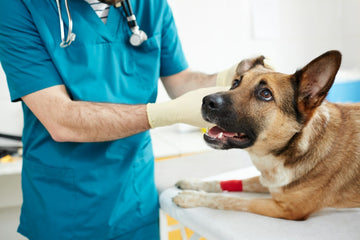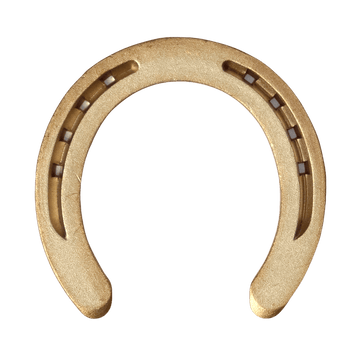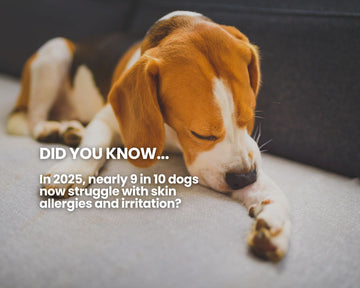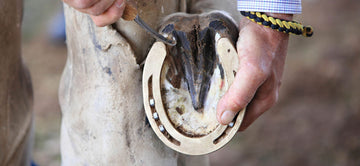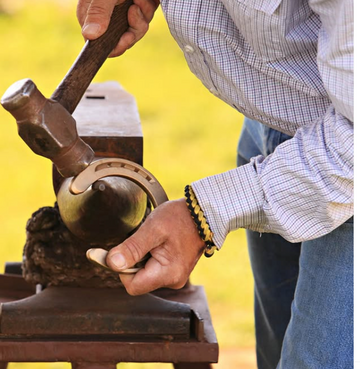Pets are naturally curious and active, often getting themselves into situations where they may sustain injuries. Whether it’s a minor cut from an outdoor adventure or a more serious wound that requires medical attention, proper wound care is essential.
As a pet parent, equipping yourself with the right knowledge and tools to address these injuries ensures your dog’s safety and comfort.
This comprehensive guide delves into the best practices, essential products, and effective techniques for caring for your dog’s wounds.
Understanding Dog Wounds
What Are Dog Wounds?
Dog wounds are injuries to the skin and underlying tissues that can result from various incidents, including scratches, bites, accidents, or skin irritations.
The severity of the wound determines how it should be treated and whether professional veterinary care is necessary.
Common Causes of Dog Wounds
-
Accidents: Scratches or cuts from sharp objects like sticks, rocks, or glass.
-
Fights: Bites and puncture wounds from altercations with other animals.
-
Environmental Factors: Skin abrasions from rough terrain or insect bites.
-
Skin Conditions: Hot spots or rashes caused by allergies or infections.
Types of Dog Wounds
-
Minor Wounds: Surface-level cuts, abrasions, or small scrapes that are treatable at home with proper first aid.
-
Major Wounds: Deep lacerations, punctures, or burns that may require immediate veterinary attention to prevent complications like infections or permanent tissue damage.
It is crucial to recognize significant pain in dogs after such injuries, as it may indicate a serious condition that necessitates emergency veterinary care.
Recognizing Infection
Even with proper care, wounds can become infected. Be vigilant for these signs of infection:
-
Redness, swelling, or heat around the wound.
-
Pus or discharge.
-
A foul odor emanating from the site.
-
Behavioral changes like lethargy or loss of appetite.
Promptly seek veterinary care if these symptoms occur.

Essential Wound Care Supplies
Having a well-stocked first-aid kit for your dog is a critical step in managing injuries effectively. These supplies ensure that you can address wounds promptly and prevent complications.
Must-Have Items
-
Cleans and disinfects wounds, removing dirt and bacteria.
-
Essential for preventing infections and promoting faster healing.
-
Antimicrobial Wipes:
-
Convenient for quick clean-ups of minor injuries during walks or outings.
-
Helps eliminate bacteria and fungi around the wound area.
-
Wound Ointments:
-
Medical-grade honey or antibiotic ointments help reduce bacteria and promote healing.
-
Look for products specifically designed for dogs to ensure safety.
-
Styptic Powder:
-
Essential to stop bleeding from minor cuts or nail trims gone wrong. It quickly halts bleeding and facilitates proper healing, especially if the quick of a dog's nail has been accidentally cut.
-
Additional Tools:
-
Gauze Pads: To clean and protect wounds.
-
Bandage Scissors: To safely trim gauze and bandages.
-
Rubber Gloves: To maintain hygiene and avoid contamination.
Managing Inflammation and Infection
Proper wound care involves more than just cleaning the injury. Addressing inflammation and minimizing the risk of infection are vital for effective healing.
Best Products for Inflammation Control
-
Antimicrobial Hydrogel:
-
Forms a protective barrier over the wound to keep it moist and promote tissue repair.
-
Topical Hydrocortisone Cream:
-
Reduces redness, itching, and swelling around the wound.
-
Enzymatic Creams:
-
Effective for treating hot spots, skin irritations, and minor infections.
-
Topical Cream for Inflammatory Pet Wounds:
-
Effective in the treatment of inflammatory pet wounds, this cream reduces itching and inflammation in areas such as hot spots.
Preventing Infections
-
Clean the wound thoroughly using pet-safe antiseptics.
-
Apply antimicrobial sprays or creams daily to eliminate harmful bacteria.
-
Keep the wound dry and cover it with sterile gauze if necessary.

Nutrition and Recovery
A dog’s diet plays a crucial role in their recovery from injuries. Proper nutrition supports tissue regeneration and boosts the immune system.
Key Nutrients for Healing
-
Omega-3 Fatty Acids:
-
Found in fish oil supplements, these reduce inflammation and support skin health.
-
-
Antioxidants:
-
Vitamins E and C help neutralize free radicals and accelerate wound healing.
-
-
Protein:
-
A high-protein diet is essential for rebuilding tissues and supporting overall recovery.
-
-
Hydration:
-
Provide fresh, clean water at all times to aid metabolic processes during recovery.
-
Creating a Safe Environment for Recovery
After an injury, ensuring a safe and comfortable environment for your dog is critical to their healing process.
Recovery-Friendly Practices
-
Use a Recovery Collar:
-
Prevents your dog from licking or chewing at their wound, which can lead to infections or delayed healing.
-
-
Maintain a Clean Space:
-
Regularly clean your dog’s bedding and living area to reduce the risk of bacterial contamination.
-
-
Provide Rest and Comfort:
-
Limit your dog’s physical activity and ensure they have a quiet, cozy space to relax.
-
-
Monitor Stress Levels:
-
Reduce stressors like loud noises or unfamiliar environments to promote faster healing.
-
When to Seek Veterinary Care
While minor wounds can be treated at home, certain situations require professional intervention.
Situations Requiring Immediate Attention
-
Uncontrolled Bleeding:
-
If bleeding doesn’t stop within 10 minutes, seek emergency care.
-
-
Deep or Large Wounds:
-
Punctures or lacerations exposing muscles or bones need immediate veterinary attention.
-
-
Signs of Severe Infection:
-
Persistent swelling, pus, or an unpleasant odor may indicate a need for antibiotics.
-
-
Foreign Objects:
-
Do not attempt to remove embedded objects yourself; consult a veterinarian to prevent further injury.
-
-
Behavioral Changes:
-
Lethargy, excessive panting, or refusal to eat may indicate underlying issues requiring medical evaluation.
-
Frequently Asked Questions
How can I treat my dog's wound without going to the vet?
Clean the wound with a pet-safe antiseptic, apply an antibiotic ointment, and monitor it closely. Use gauze to cover the wound if necessary and prevent your dog from licking it.
What is the best wound cleaner for dogs?
Pet-safe wound sprays or saline solutions are ideal for cleaning and disinfecting injuries.
Can I use human products on my dog’s wound?
Avoid using human products unless specifically approved by your veterinarian, as some ingredients may be toxic to dogs.
How often should I clean my dog's wound?
Clean the wound at least once a day or as directed by your veterinarian until it has healed.
Is it okay to let my dog lick their wound?
No, licking can introduce bacteria and slow the healing process. Use a recovery collar to prevent this behavior.
Top Dog Wound Care Products Conclusion
Caring for your dog’s wounds promptly and effectively is an essential part of responsible pet ownership.
By equipping yourself with the right products, understanding how to manage injuries, and knowing when to seek veterinary care, you can ensure your furry friend heals quickly and comfortably.
Investing in a well-stocked first-aid kit, maintaining a clean recovery environment, and providing proper nutrition will not only aid in recovery but also strengthen the bond you share with your pet. By taking proactive steps, you can keep your dog healthy, happy, and ready for their next adventure.

